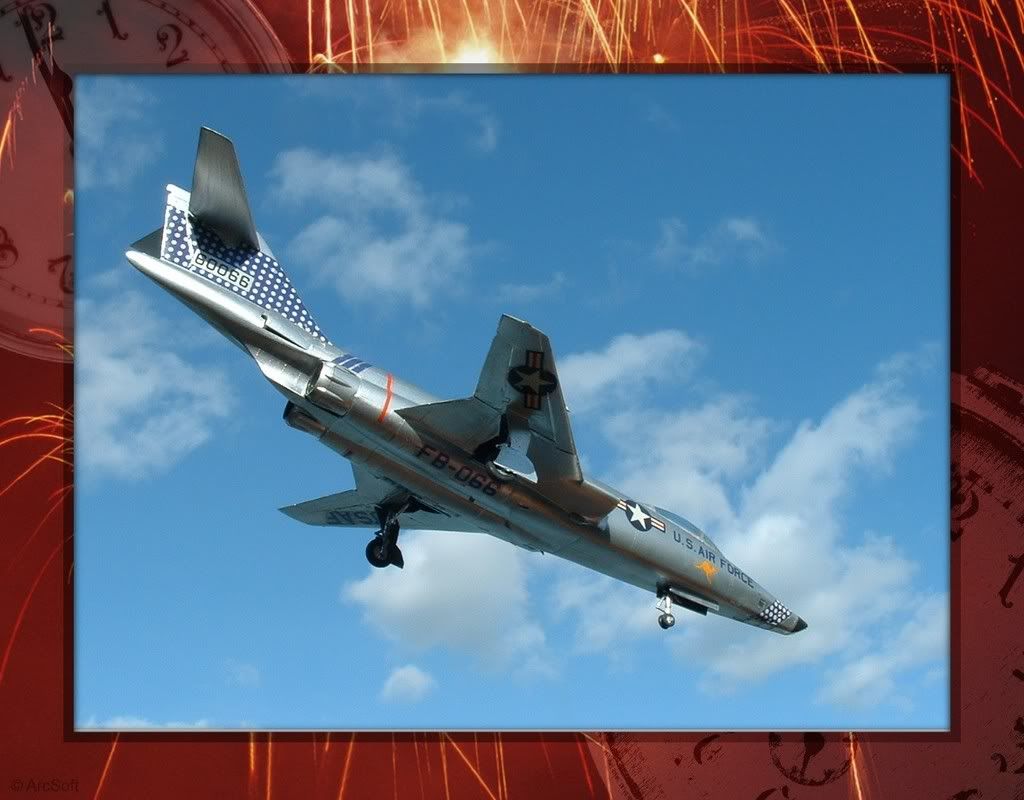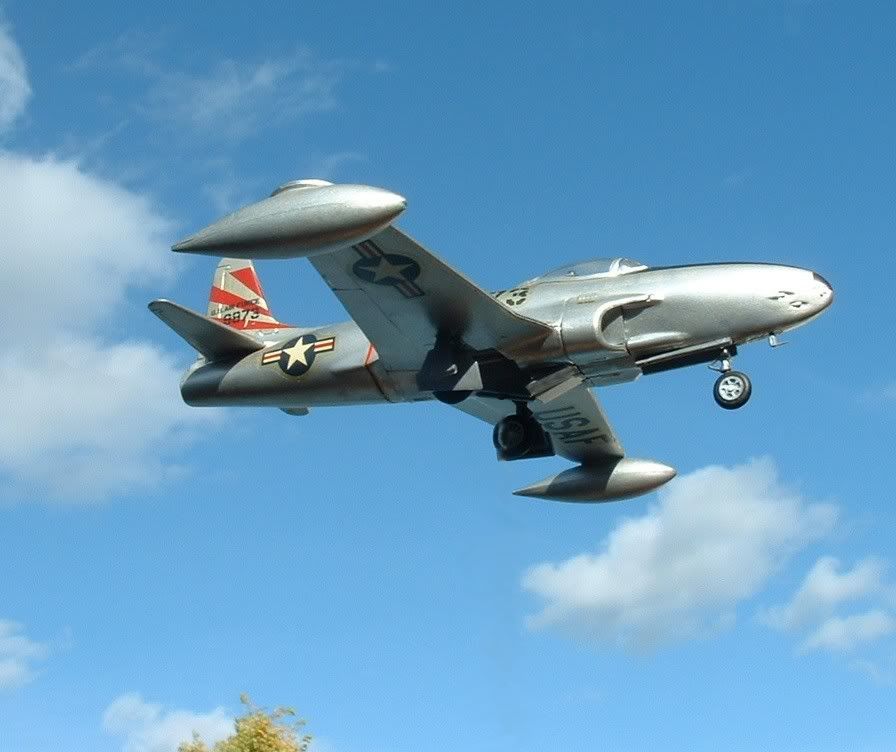All of the above post is just fantastic!!!
.I thought you were joking when you mentioned spuds in the original Piaggio post.
.Ingenius solutions once again.
.I thought you were joking when you mentioned spuds in the original Piaggio post.
.Ingenius solutions once again.






Comment